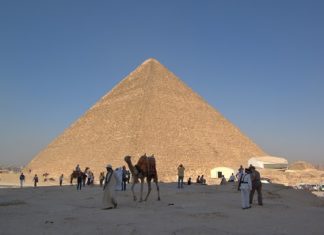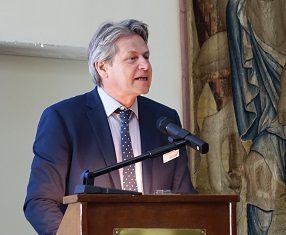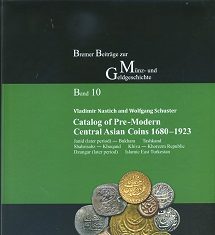Annika Backe - search results
If you're not happy with the results, please do another search
Boii and Taurisci
A new volume on the Celtic finds from Oberleiserberg, a Celtic settlement roughly 50 km north of Vienna, has been published. Among others, it contains interesting essays on numismatic topics. Ursula Kampmann took a look.
Belgian Mint ceases activities
The Royal Mint of Belgium will close on January 1, 2018. The reasons are a matter of dispute, for the institution is even said to have made a profit recently. Collectors, on the other hand, can currently benefit from the decision.
Italy stops producing 1- and 2-eurocents
As of 2018, Italy will no longer issue the two smallest euro denominations. While the 1- and 2-eurocents will continue to be legal tender, prices paid in cash will be rounded.
Money laundering by order of the government
What does a country do when its banknotes last less than a year but they do not want to keep printing new ones? Wash and iron the old ones. By doing so, the U.S. Treasury Department saved several hundreds of thousands of dollars of production costs around 1910.
A must-have for every library on the Middle Ages
Still in 2016, the long-awaited fourth volume of the comprehensive standard work on “Medieval European Coinage” has been published. It deals with Northern Italy. Ursula Kampmann took a look.
Egypt punishes illicit trade in antiquities with life imprisonment
The Egyptian cabinet approves a tightening of the law on the illicit trade in ancient objects. With a sentence of life in prison, it stands alongside the leaking of state secrets. Therewith, the Land on the Nile hopes to guard its cultural property more properly.
Hoards in Syria
Frédérique Duyrat has published a weighty monograph on hoards in Syria. It is more than a numismatic study. The author asks the fundamental question how and when all the Syrian coins were incorporated into Western collections. Ursula Kampmann took a look.
Gold, a new digital currency?
Investors usually buy physical gold or shares that reflect the gold price. The British Royal Mint offers the first digital blockchain-based platform for trading gold. Intended as an investment option, RMG® could also become a digital currency.
Antiquarians and numismatics through correspondence
Letters constitute a source numismatists have neglected so far. And yet they can tell us so much: How numismatic books came into being, where and for how much money coins had been bought, which collections had been accessed for which books, and so on. A congress in Rome has recently addressed this topic.
Central Asian Coins: 1680-1923
The Bremer Numismatische Gesellschaft has published a new volume in its series, a catalog of pre-modern Central Asian coins. Ursula Kampmann took a look.












